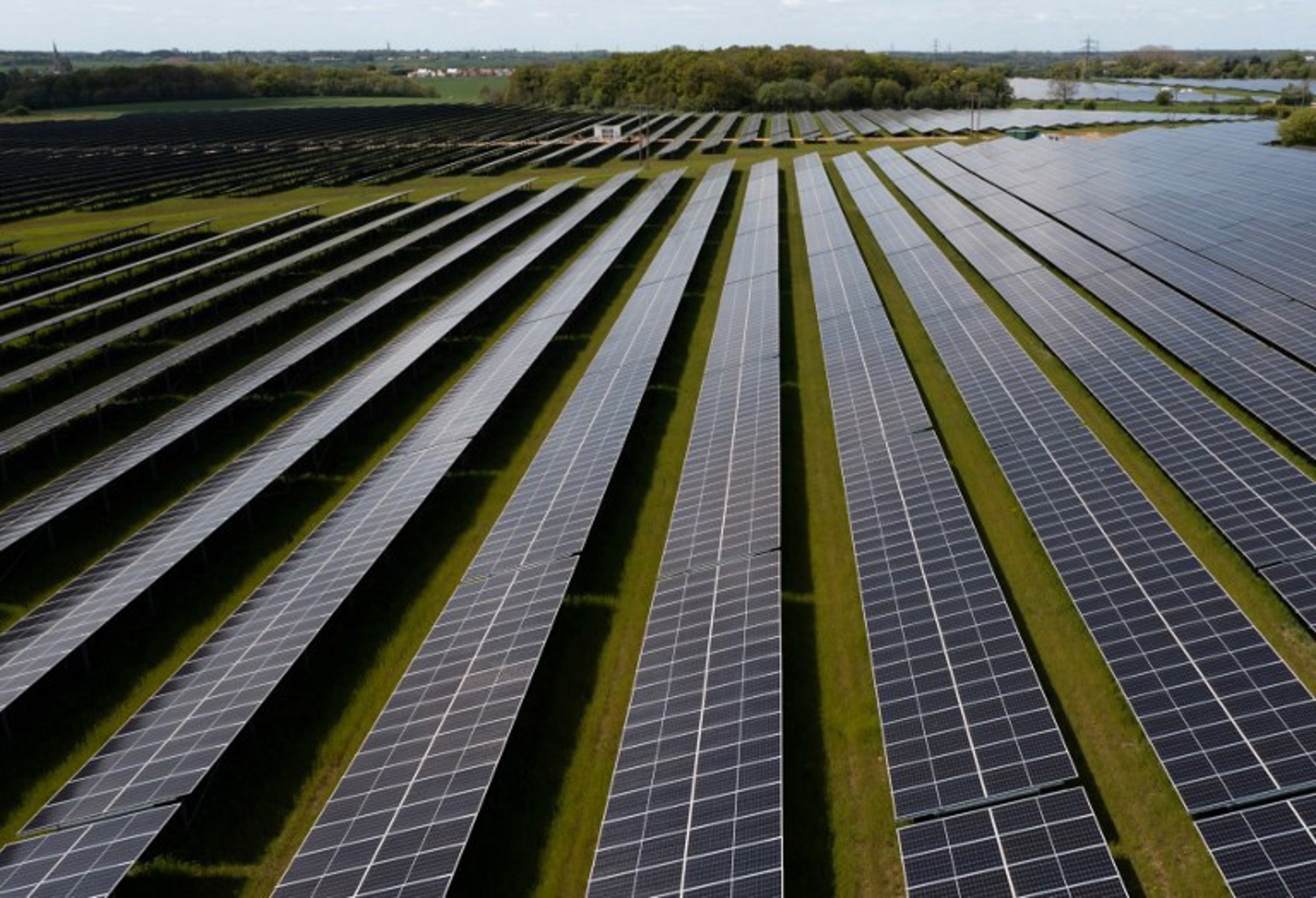Whilst many northern European nations are looking to wind to boost their supply of renewable energy, the worldwide growth in renewables will reach a new peak in 2023, driven largely by additional photovoltaic capacity.
In a report by the International Energy Agency (IEA) published on Thursday, analysts explained that “Global renewable energy capacity additions are expected to jump by a third this year due to growing political support, rising fossil fuel prices and energy security concerns” due to Russia’s invasion of Ukraine.
This growth is expected to continue in 2024, enabling renewables to account for 4,500 gigawatts (GW) of power, equivalent to the electricity output of the US and China combined.
The latter will consolidate its place as the hub of new renewable energy capacity: “In 2022, China accounted for almost half of all new renewable energy capacity in the world. By 2024, the country’s share is expected to reach a record 55% of annual global deployment” of new capacity, writes the IEA.
Related News
- Belgian energy consumption fully covered by wind and sun for first time ever
- Belgium in Brief: Energy communities bring power in numbers
New photovoltaic capacity will account for “two-thirds of the increase” in renewable energy capacity for 2023, notes the agency, a trend that is expected to continue in 2024.
In Europe, new solar and wind capacity will save consumers €100 billion on their energy costs in the period 2021-2023, according to the IEA.
For wind power generation, new capacity additions “are expected to rebound strongly in 2023, with year-on-year growth of almost 70%”, but after two difficult years marked by slowing growth.
This faster growth is “mainly due to the completion of projects that had been delayed”, notably by restrictions due to Covid-19 in China.

